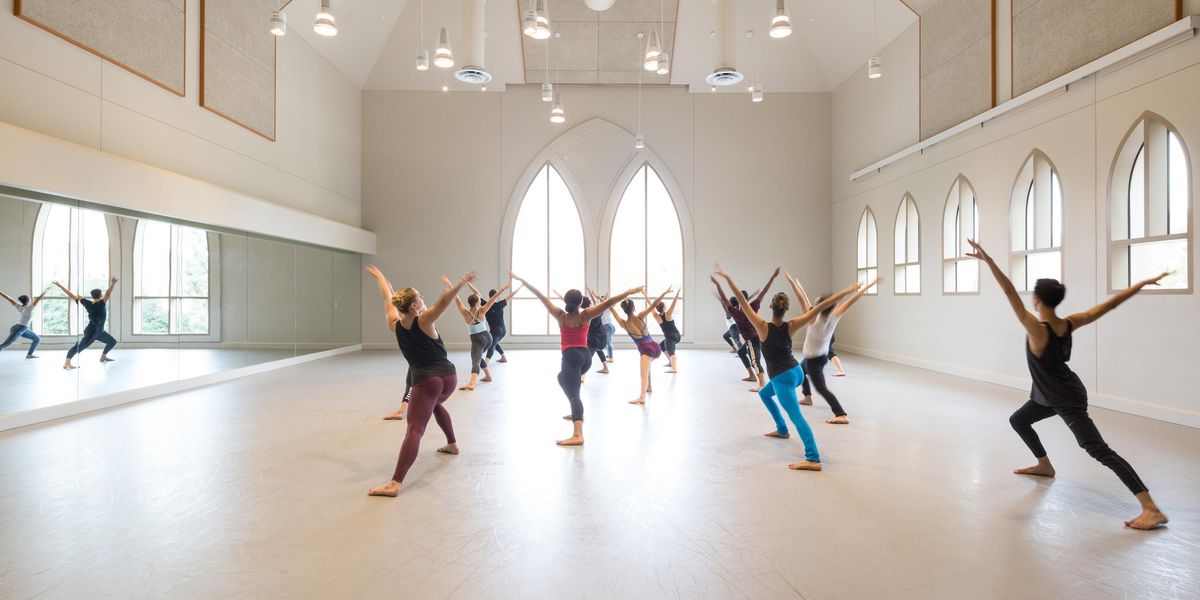On the Rise: Ashley Laracey
NYCB’s lyrical and elegant corps member
Laracey in Martins’
Swan Lake. Photo by Paul Kolnik, Courtesy NYCB
Born in Sarasota, Florida, Laracey grew up doing tap, jazz, ballet, and modern at the Cheryl Carty Academy of Theater Dance. Drawn to ballet, she eventually moved to the Sarasota Ballet School. There her teachers Pavel Fomin and Diane Partington recognized her ability and encouraged her to venture beyond her hometown for additional training. Laracey went to summer intensives at the Harid Conservatory and at Pacific Northwest Ballet School, where she got her first taste of Balanchine. She recalls learning the turning girl from Divertimento No. 15. “I remember loving it, loving the freedom of movement,” she says.
She went on to the Harid Conservatory, then entered the School of American Ballet in 2001 after attending the summer intensive on full scholarship. After her workshop performance in 2002, when she led the Brahms-Schoenberg Quartet’s fourth movement, Peter Martins, the company’s ballet master in chief, named her one of five new female apprentices.
Dependable and a quick study—“If they handed me a video, I could come back in an hour and know the ballet”—Laracey often was thrown into roles at the last minute. A few months into her apprenticeship, she was a last-minute replacement in the final movement of Vienna Waltzes, which she learned from ballet mistress Rosemary Dunleavy and then-principal Benjamin Millepied—in the hallway as the third movement’s music played. The next evening, Martins had thrilling news—Laracey was the newest member of the corps, and would be stepping in for Carla Körbes in his Sinfonia the following evening. In 2004, she originated a role in Martins’ Eros Piano, replacing an injured Janie Taylor. The ballet’s only other dancers? Nikolaj Hübbe and Alexandra Ansanelli.
But during that year’s Nutcracker run, another dancer did a tour jeté and knocked Laracey’s leg from under her. “I had to crawl offstage,” she remembers. “My left ankle was the size of a grapefruit. I was throwing up in shock. I had ripped three ligaments.” It took a year of intensive physical therapy before she could dance again. When she finally returned, the opportunities came more slowly than she would have wished.
Laracey has concentrated on what she can control—making sure that each performance is the best it can be. Ballet mistress Kathleen Tracey commends her instincts in the studio. “You don’t have to explain style to her,” she says. “You put her in a Robbins ballet and she automatically shifts her focus—in the steps, but also in the atmosphere she creates. She certainly is always thought of when we’re deciding, Who can we put into this solo?” Tracey points to a demi-soloist performance of Brahms-Schoenberg Quartet last spring as a marker of how Laracey has grown. “She had such a pure, lovely presentation,” says Tracey. “I haven’t seen that part done that way ever and I’ve been watching the company for 30 years. She made it her own. That’s artistic intelligence.” The critics also have taken note. In Robbins’ 2&3 Part Inventions, for instance, The New York Times’ Roslyn Sulcas praised Laracey’s “wistful delicacy.”
Outside ballet, Laracey studies communications and business at Fordham University. She also performs with Satellite Ballet, a pickup company co-directed by her boyfriend of five years, fellow NYCB dancer Troy Schumacher. But her main focus remains her NYCB career. Her list of dream roles is long and varied: waltz girl in Serenade, Dewdrop in The Nutcracker, the Kay Mazzo role in Stravinsky Violin Concerto, Wheeldon’s After the Rain pas de deux. “To be completely honest, every day that schedule goes up is a good day or a bad day,” she says. “That’s what drives me and keeps me pushing. The rank doesn’t matter to me.”
Kina Poon is
a Dance Magazine associate editor.




